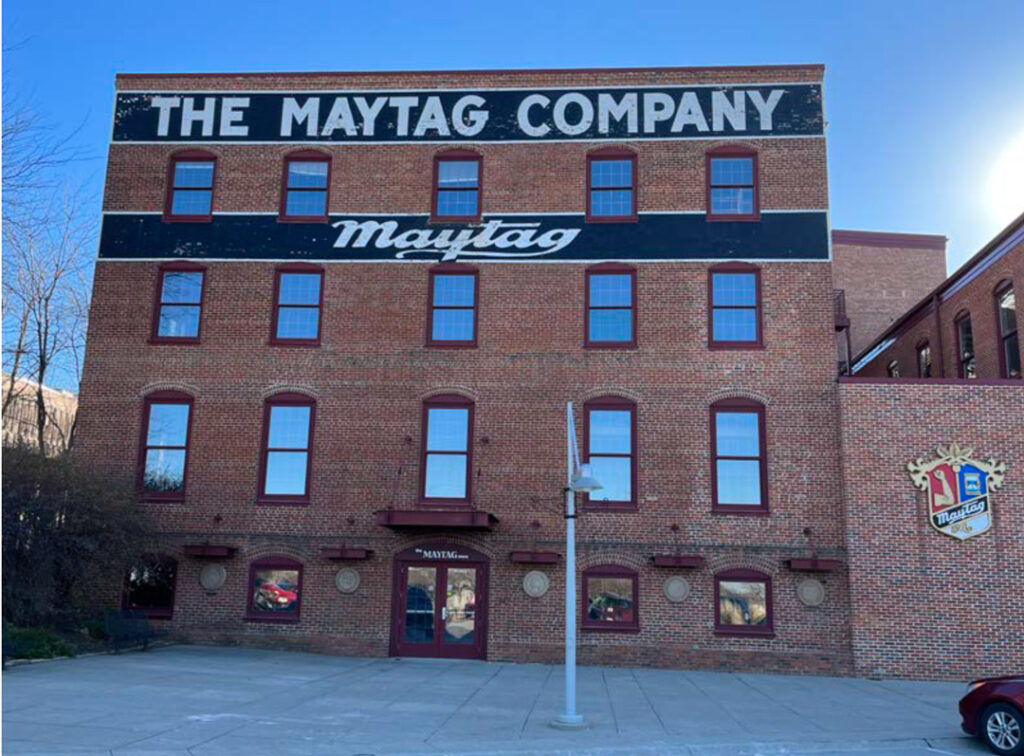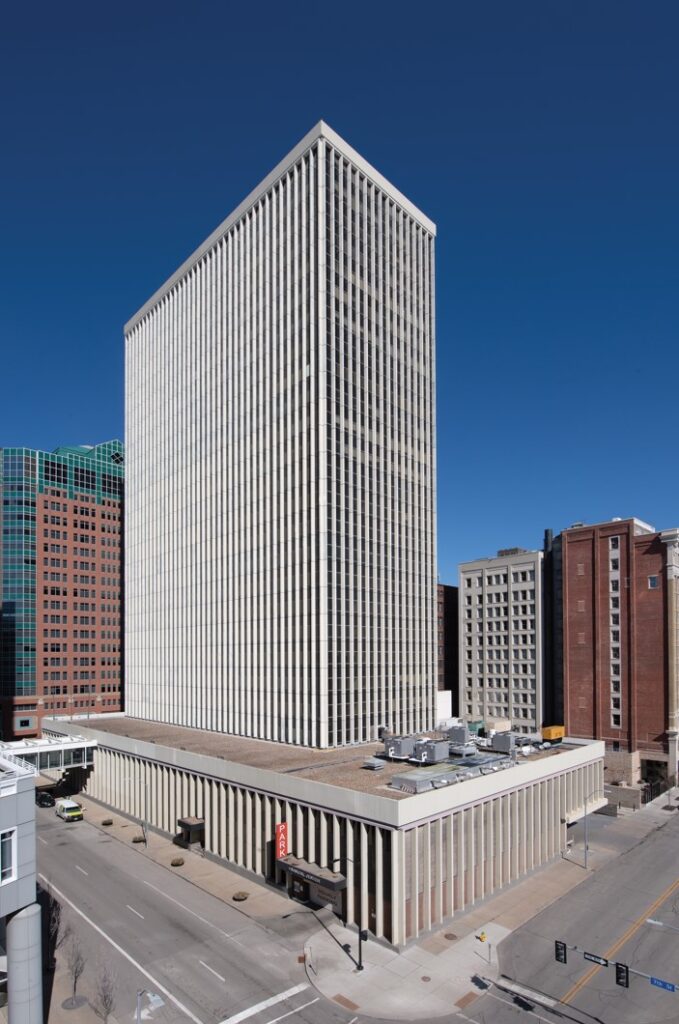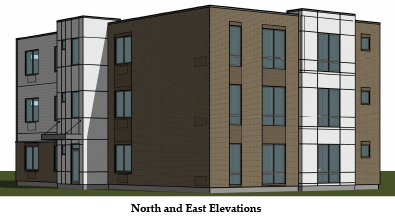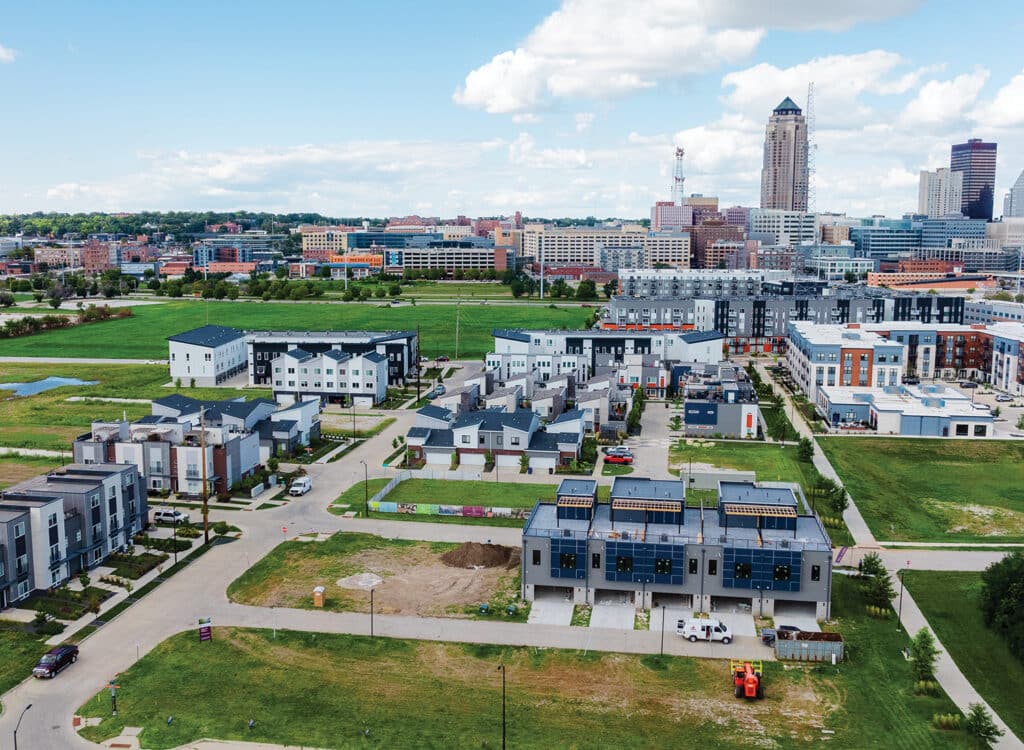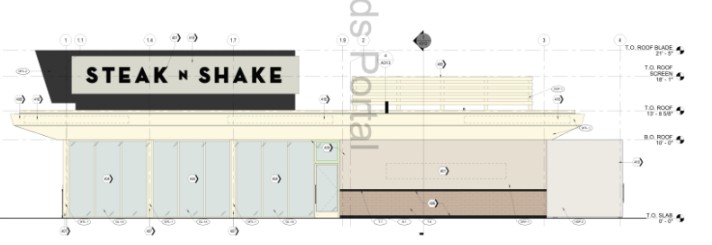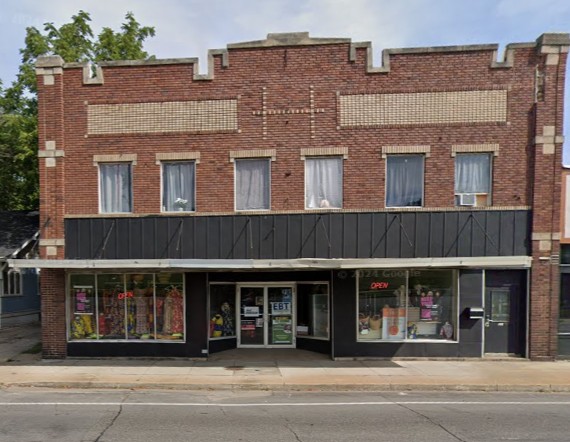ISU: Des Moines metro population grows; state short of national average

PERRY BEEMAN Jun 11, 2015 | 8:38 pm
1 min read time
353 wordsAll Latest News, Government Policy and LawA new Iowa State University report on Iowa’s population growth over the past four years makes several things very clear:
-
Des Moines’ suburbs are among the fastest growing cities in the state.
-
Iowa is growing far more slowly than the national average, as is Des Moines.
-
Most Iowa towns are either shrinking or holding steady.
-
Small towns near large markets fare better (see Waukee, the fastest-growing town in the state, on a percentage basis).
-
Iowa has pockets of growth.
ISU economist Liesl Eathington recently published a paper analyzing the latest U.S. Census Bureau estimates for population change between April 1, 2010, and July 1, 2014.
Much of the news wasn’t pretty. Or surprising.
“The only thing that strikes me is how similar these reports are from year to year,” Eathington said in an interview. “It’s usually really predictable.”
For example, only 246 of Iowa’s 946 cities, or 26 percent, gained population in that period. Seventy-three had no change in population, and 627 lost ground.
Generally, larger cities fared better. Just over half of the metro cities grew, while 14 percent of rural cities of fewer than 500 residents gained residents.
“Small size is difficult,” Eathington said. “You just don’t have the job prospects or the type of urban amenities that people want. Your hands are kind of tied behind your back.”
It’s hard to find significant growth outside the Des Moines and Iowa City-Cedar Rapids areas, but Dickinson County, home of the Iowa Great Lakes, and Lyon County, neighbor to Sioux Falls, S.D., show some life, Eathington said.
Statewide, the 10 largest cities grew by an average of 3.1 percent, topped by West Des Moines at 11.7 percent.
Overall, though, Waukee was Iowa’s fastest growing city, at 28.3 percent. Bondurant gained 24.5 percent. Des Moines grew by 2.5 percent.
But if you look simply at the number of people gained, Ankeny led Des Moines metro cities at 8,219. West Des Moines added 6,625; Des Moines, 5,034, Waukee 3,905; Urbandale, 3,693; and Clive, 1,645.
Des Moines’ population increased to 209,220, from 204,186.




